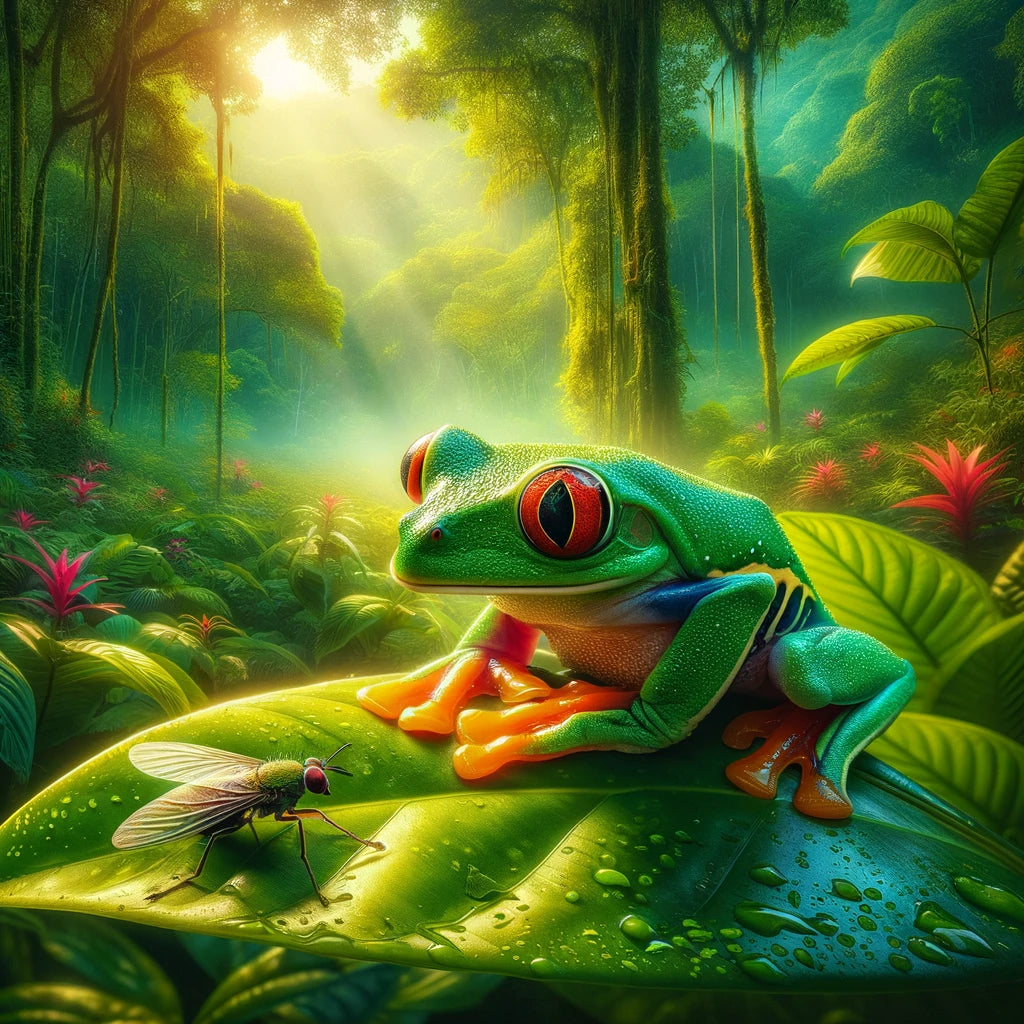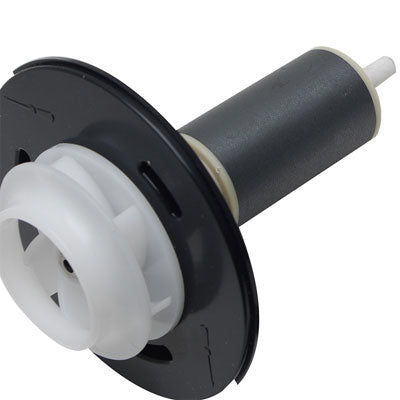Pet tree frogs, such as White's tree frogs (Litoria caerulea) or Red-eyed tree frogs (Agalychnis callidryas), can make fascinating and rewarding companions when properly cared for.
Here's a care sheet for a pet tree frog:
1. Enclosure: Use a well-ventilated glass or acrylic terrarium with a secure lid to prevent escapes.
The size of the enclosure should be appropriate for the size and number of frogs you have. A 10-20-gallon tank is often suitable for a small group of tree frogs.
Provide plenty of climbing branches, plants, and hiding spots to mimic their natural habitat.
2. Temperature and Humidity: Maintain a temperature range of 75-85°F (24-29°C) during the day and a slight drop at night.
Use a low-wattage heat source, such as an under-tank heater, to create a warm spot.
Maintain high humidity levels, around 50-80%. You can achieve this by misting the enclosure daily with dechlorinated water.
3. Lighting: Tree frogs are primarily nocturnal, so they do not require UVB lighting. However, a low-intensity LED or fluorescent light can help simulate a day-night cycle.
4. Substrate: Use a substrate like coconut coir, sphagnum moss, or a mix of organic potting soil and moss. Ensure it retains moisture without being overly wet.
5. Diet: Tree frogs primarily eat insects. Provide a varied diet of appropriately sized live insects such as crickets, fruit flies, small waxworms, and other small invertebrates.
Dust insects with a calcium and vitamin D3 supplement at least once a week.
6. Hydration: Offer a shallow, non-metallic water dish with fresh, dechlorinated water.
Mist the enclosure daily to maintain humidity levels and provide drinking opportunities.
7. Handling: Limit handling to essential maintenance tasks, as tree frogs are sensitive to stress and have delicate skin. Use wet hands or gloves to prevent skin damage from oils or chemicals on human skin.
8. Cleaning: Regularly remove feces and uneaten food to maintain a clean environment.
Clean and replace substrate as needed to prevent mold or bacterial growth.
9. Quarantine: Quarantine new frogs for a few weeks to ensure they are healthy before introducing them to your existing frogs.
10. Veterinary Care: Find a reptile or amphibian veterinarian experienced with frogs and schedule regular check-ups to monitor your pet's health.
11. Socialization: Some tree frog species can be kept together, but always research the specific needs and behaviors of your frog species. Avoid mixing species unless you are certain they can cohabitate peacefully.
12. Research: Continuously educate yourself about the specific requirements and behaviors of your tree frog species. Knowledge is key to providing proper care.
13. Legal Considerations: Ensure you are compliant with any local or national regulations regarding the ownership and care of tree frogs.
Remember that tree frogs can live for several years with proper care, and their needs may vary depending on the species. Regular observation and attention to their well-being are crucial for their health and longevity.


